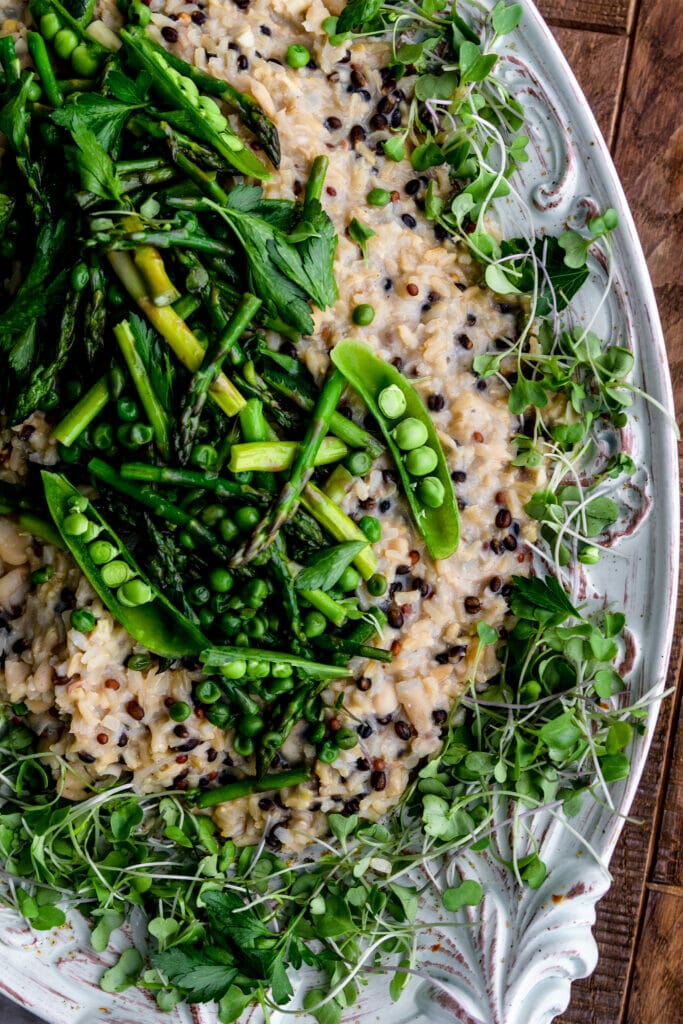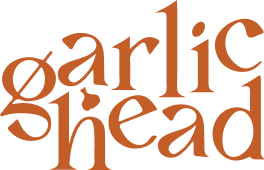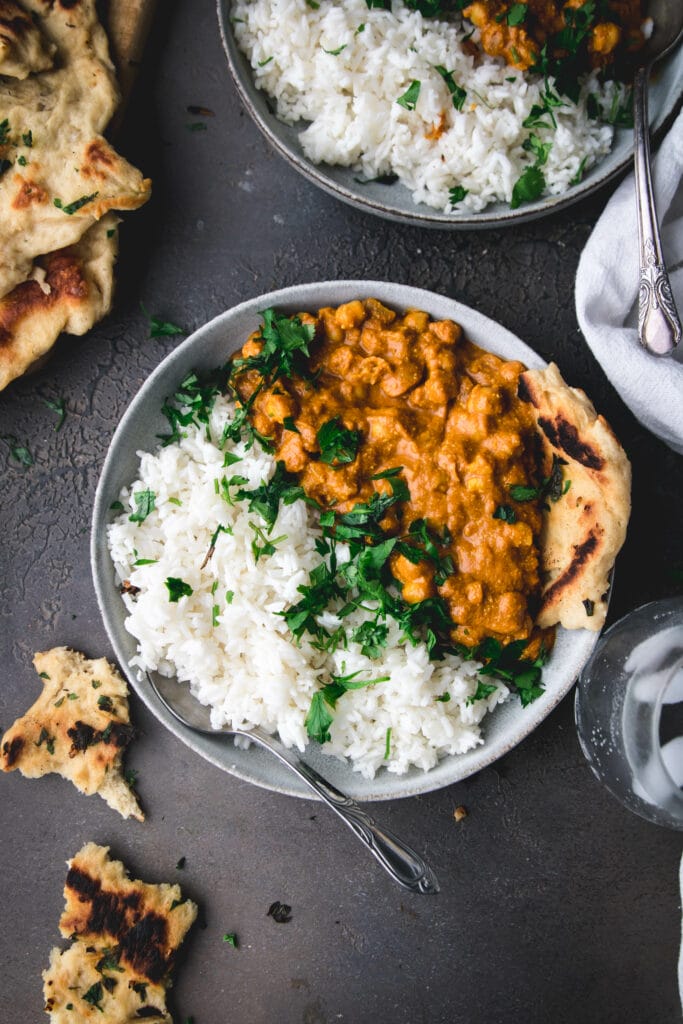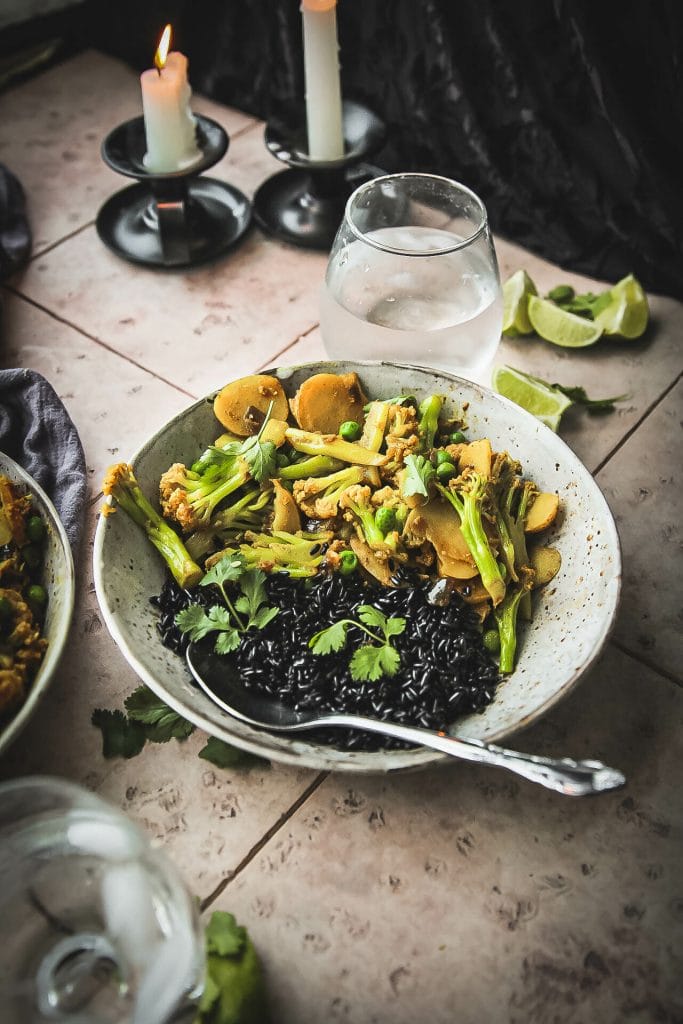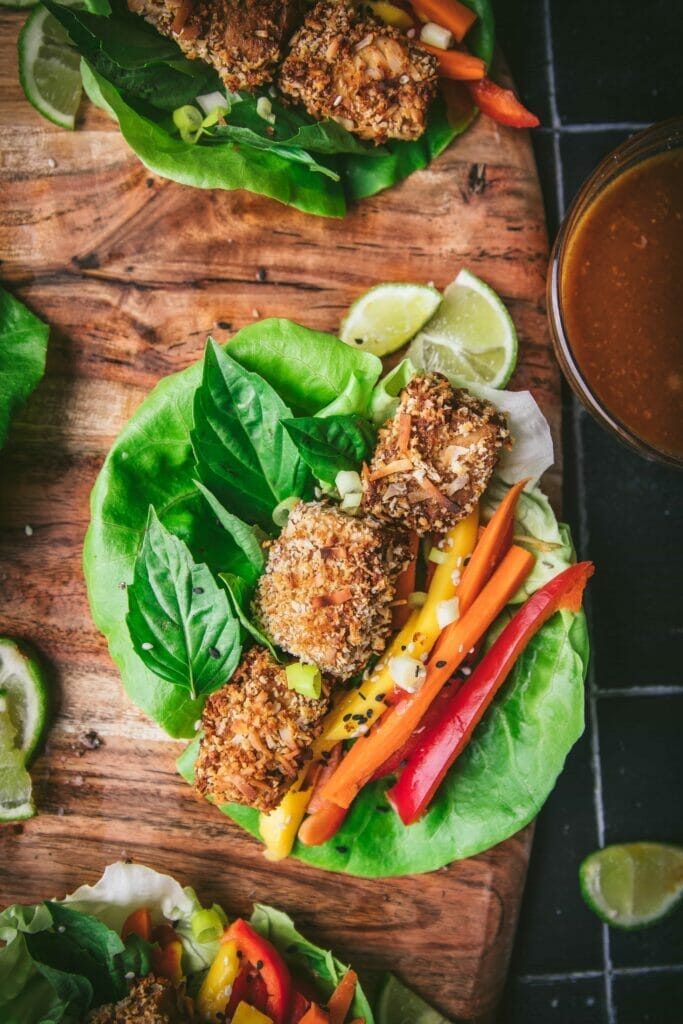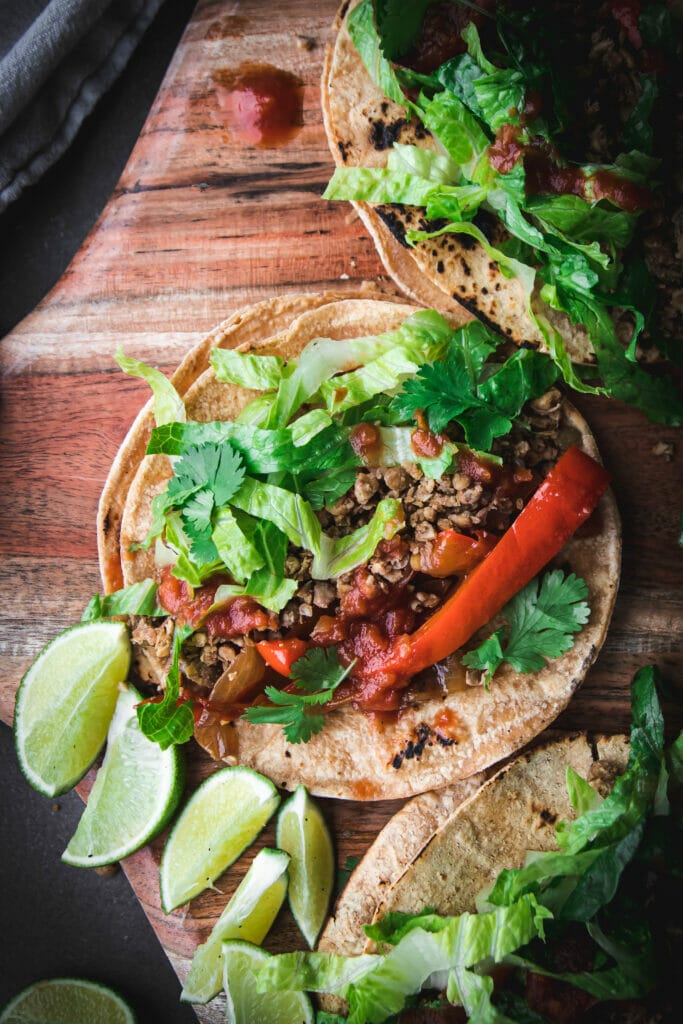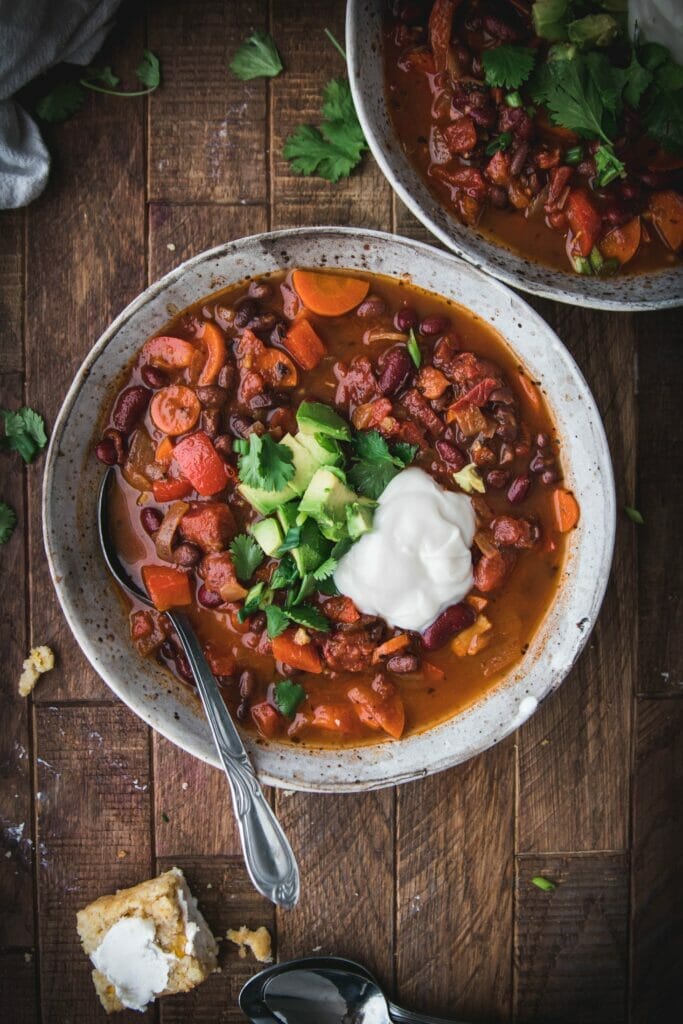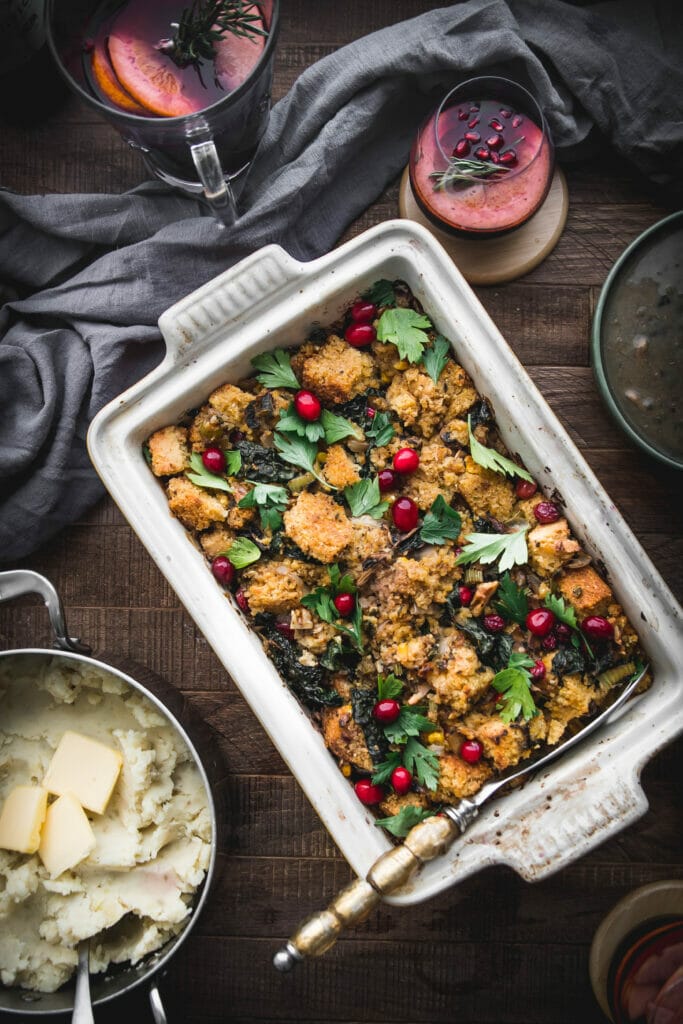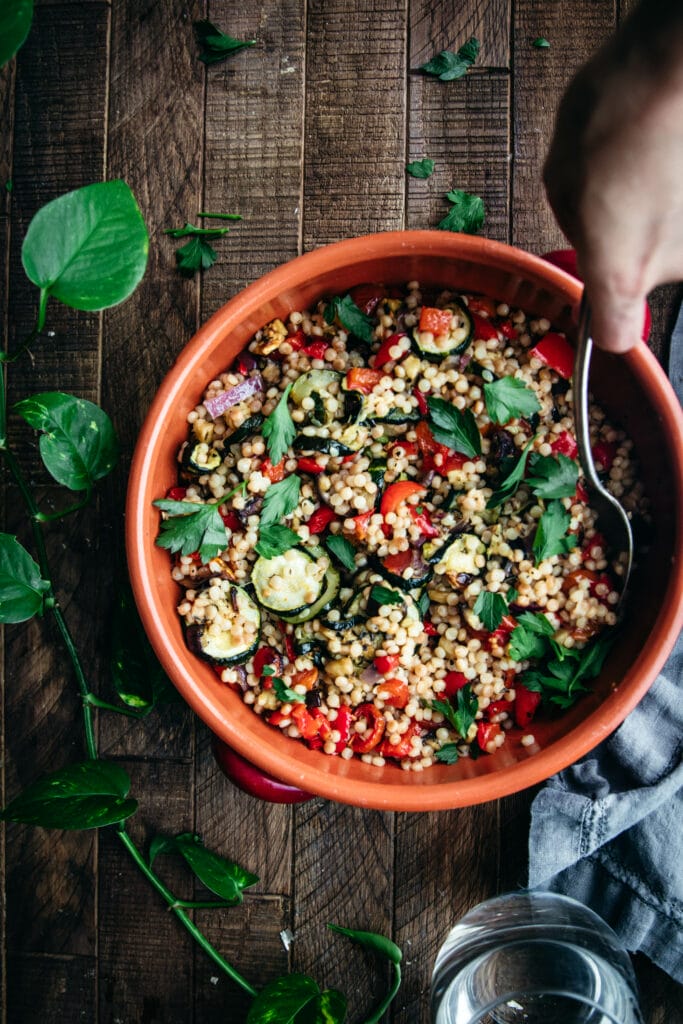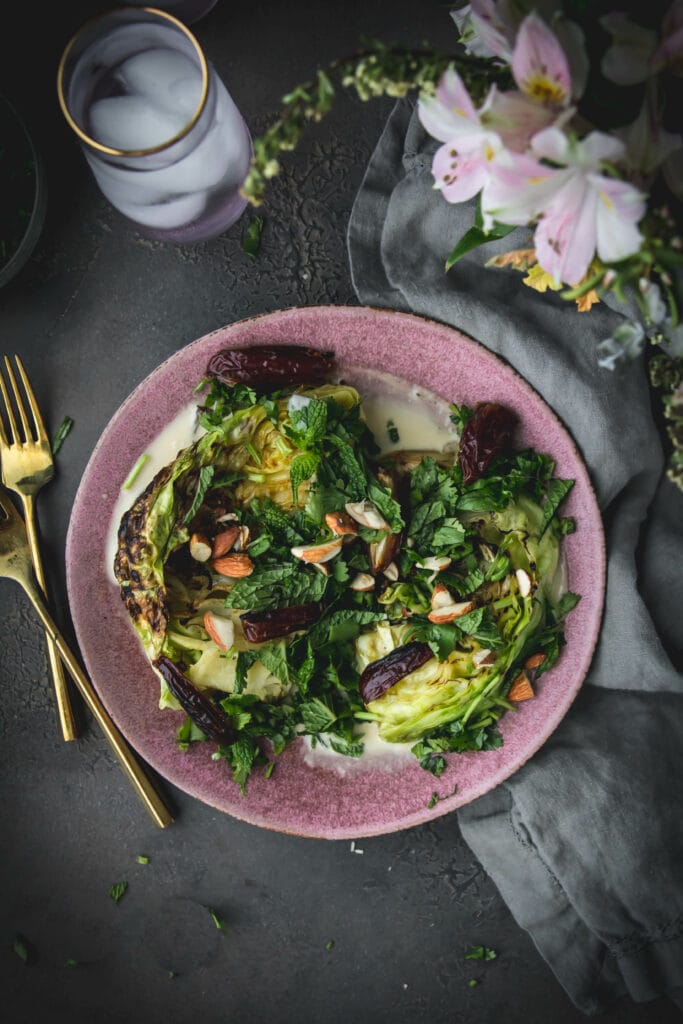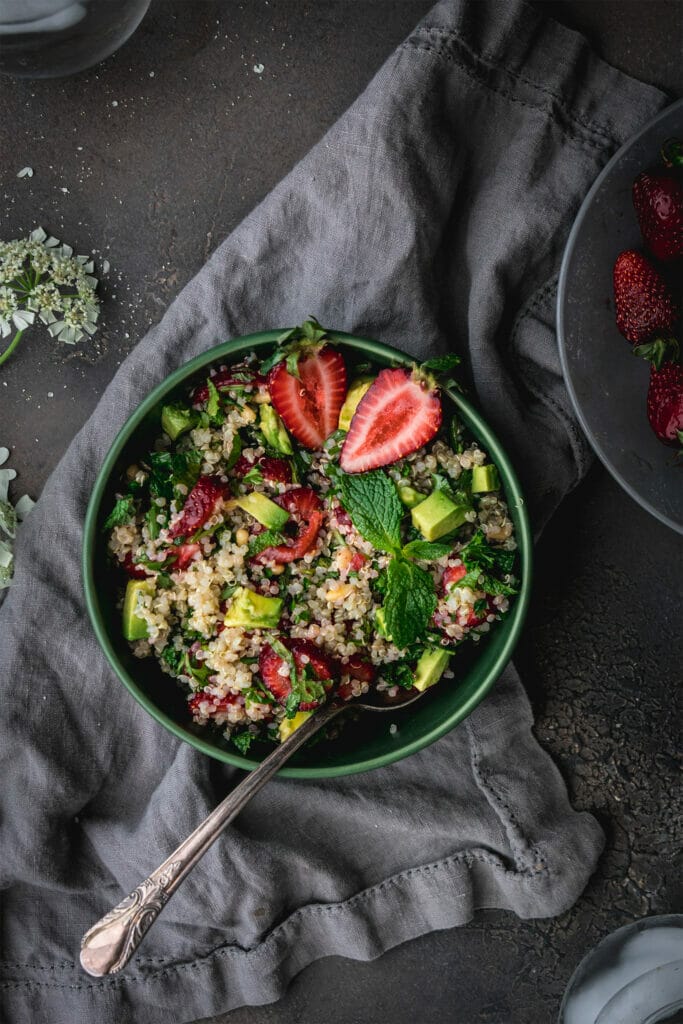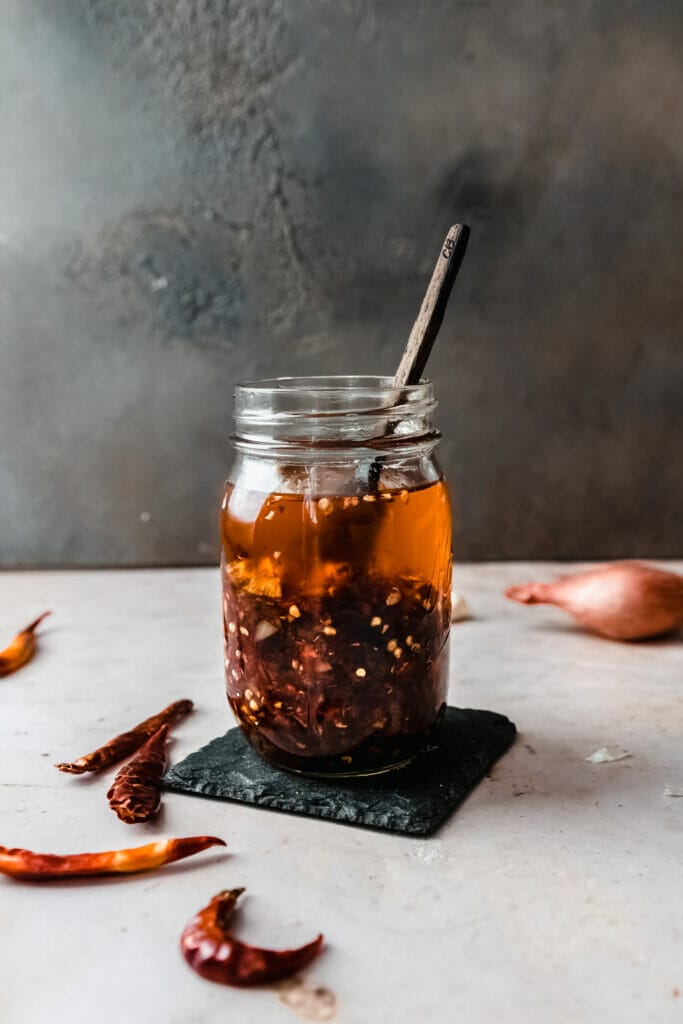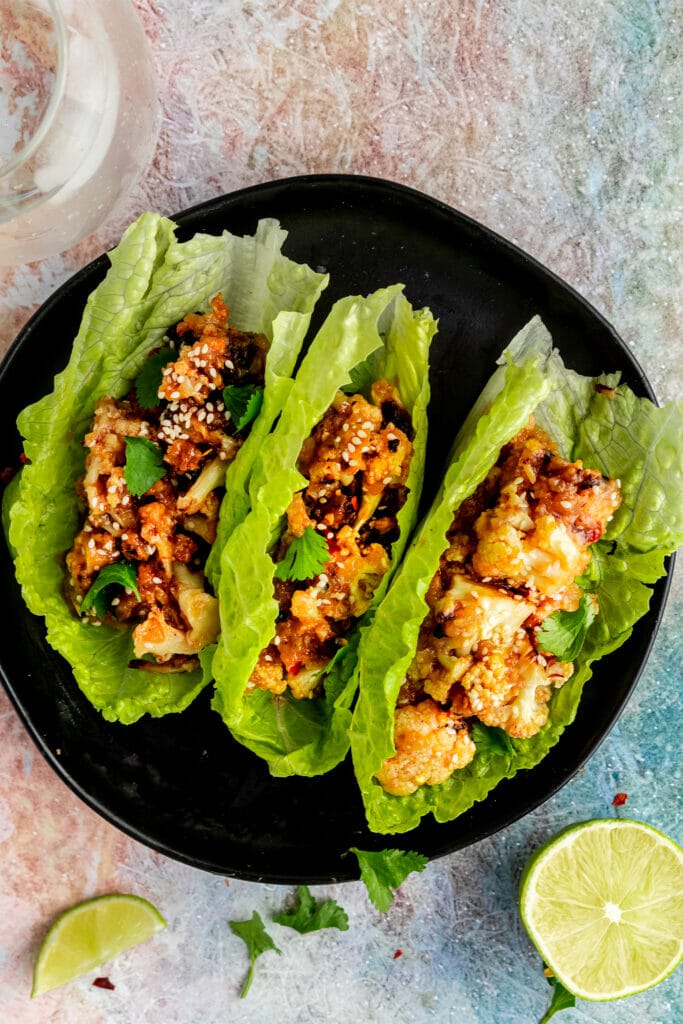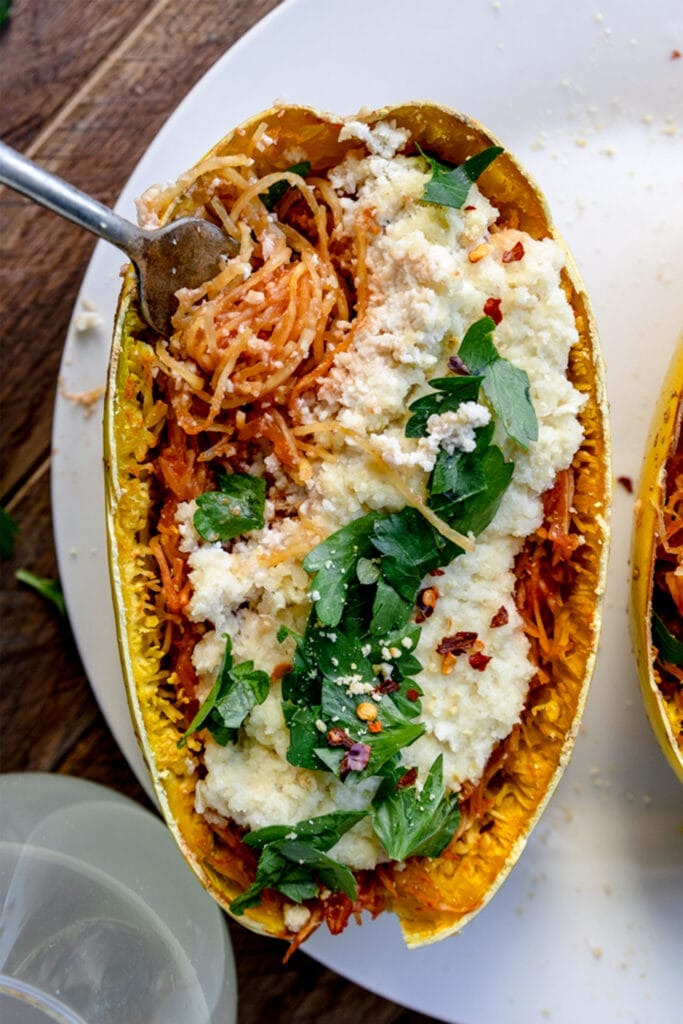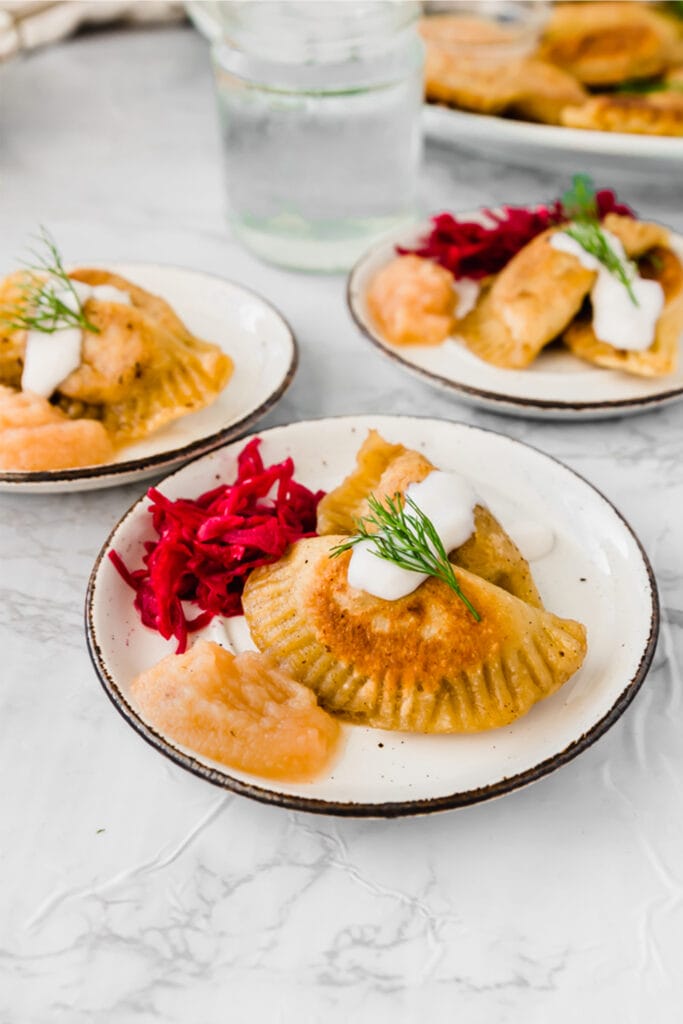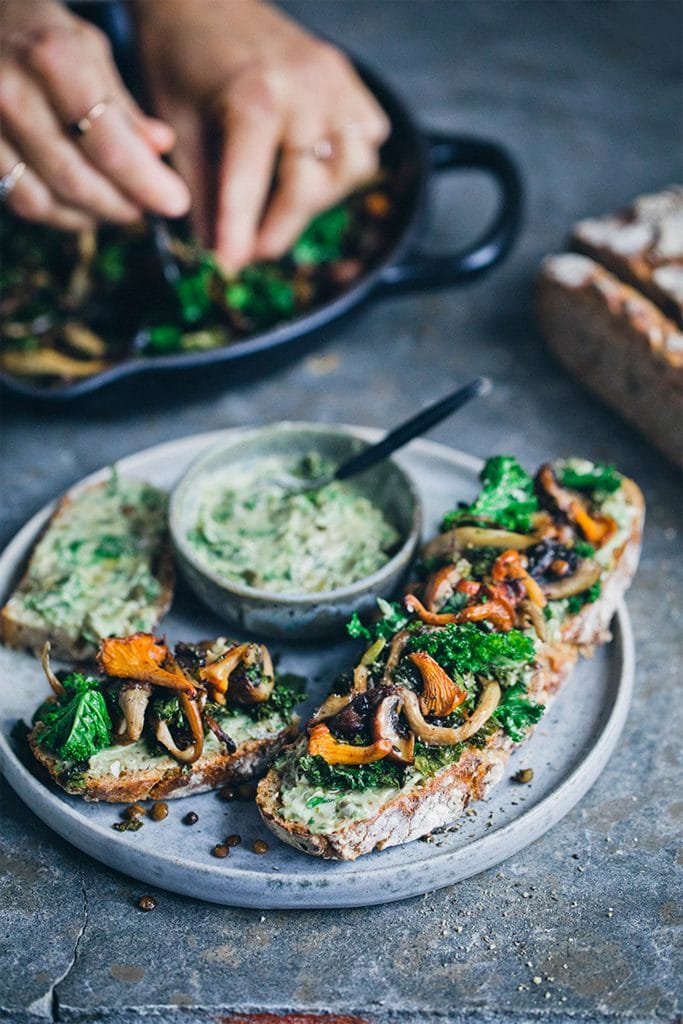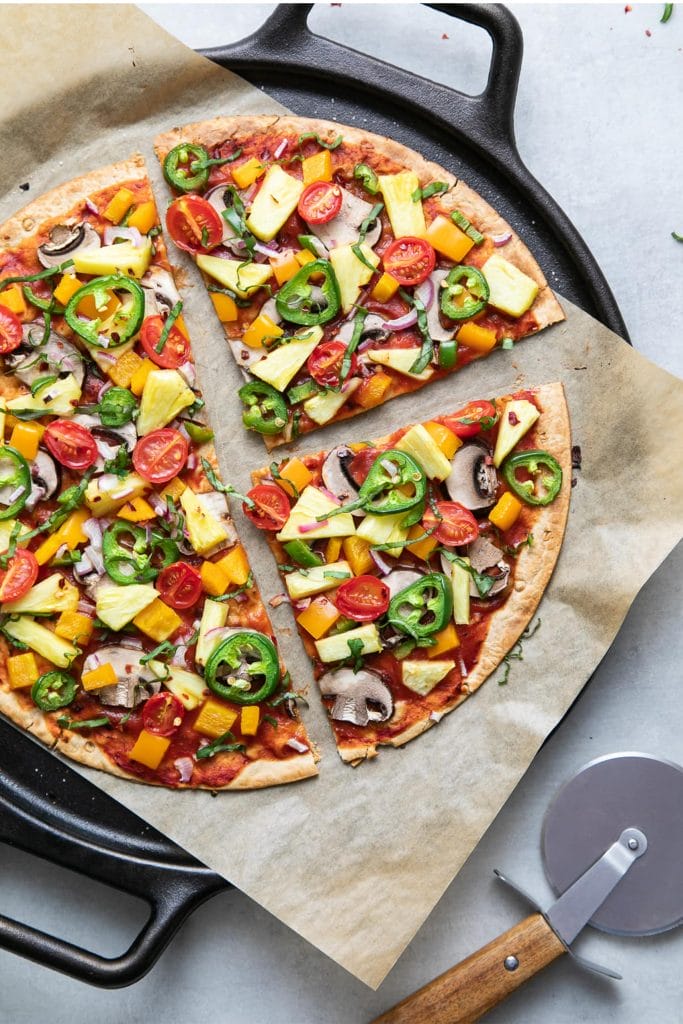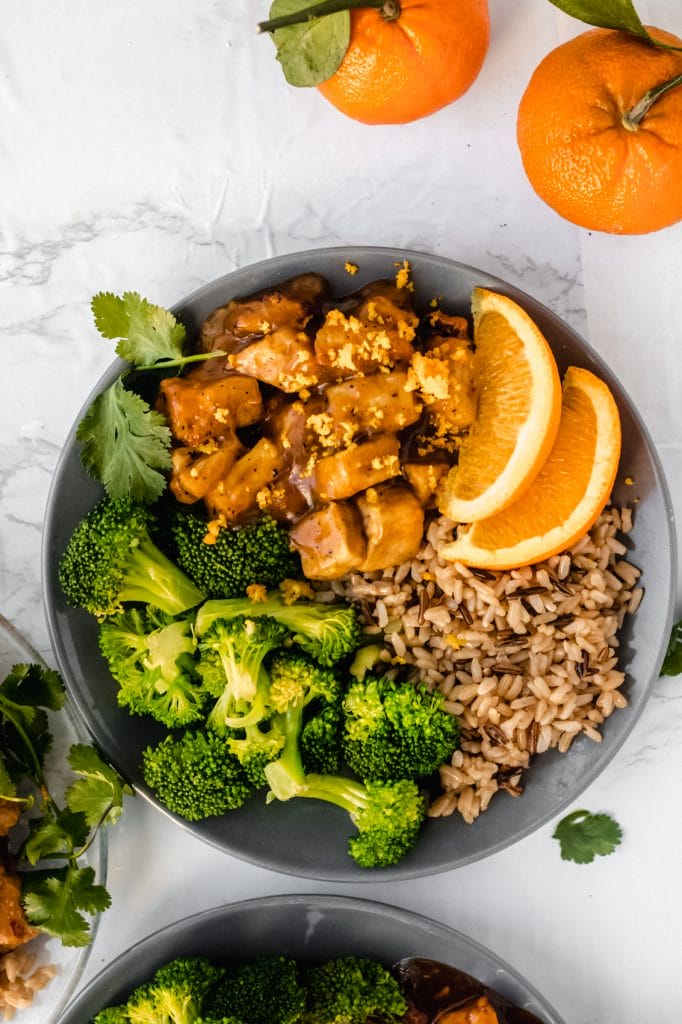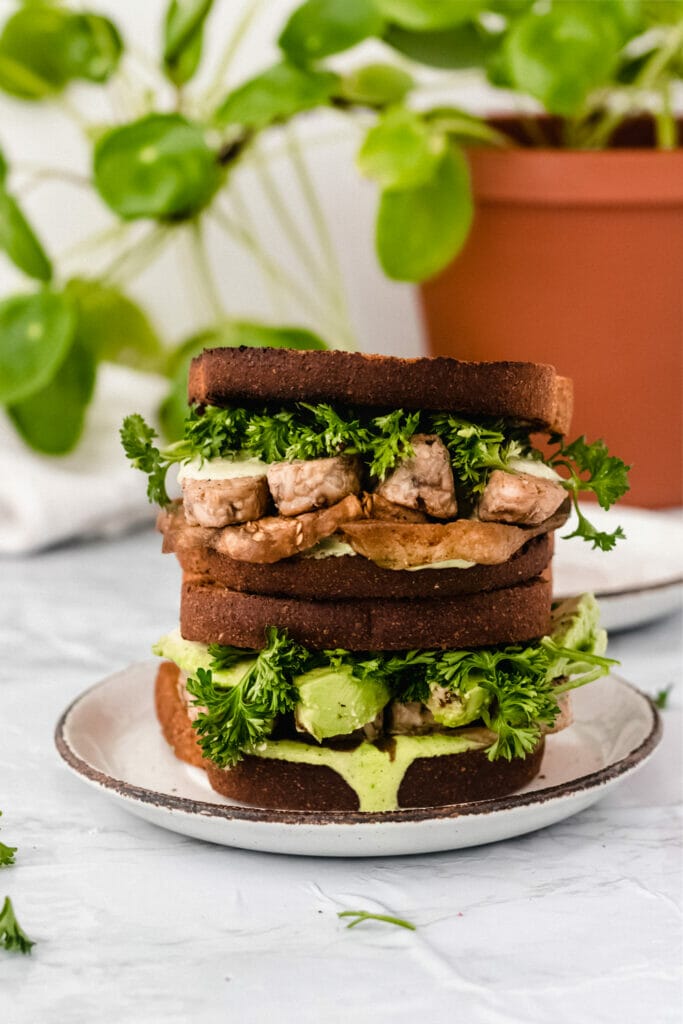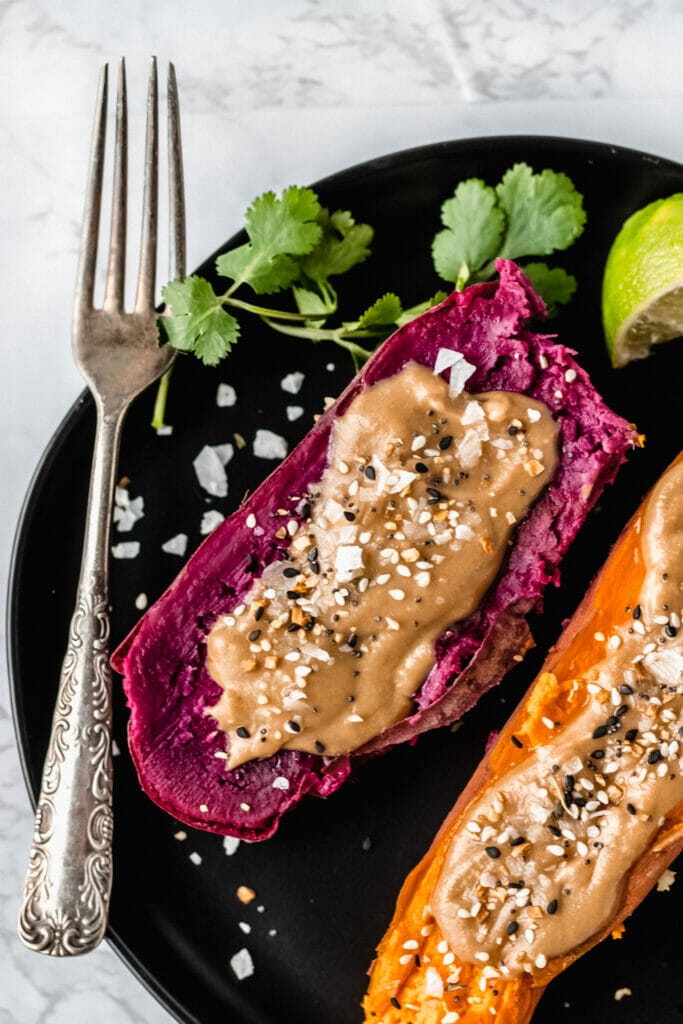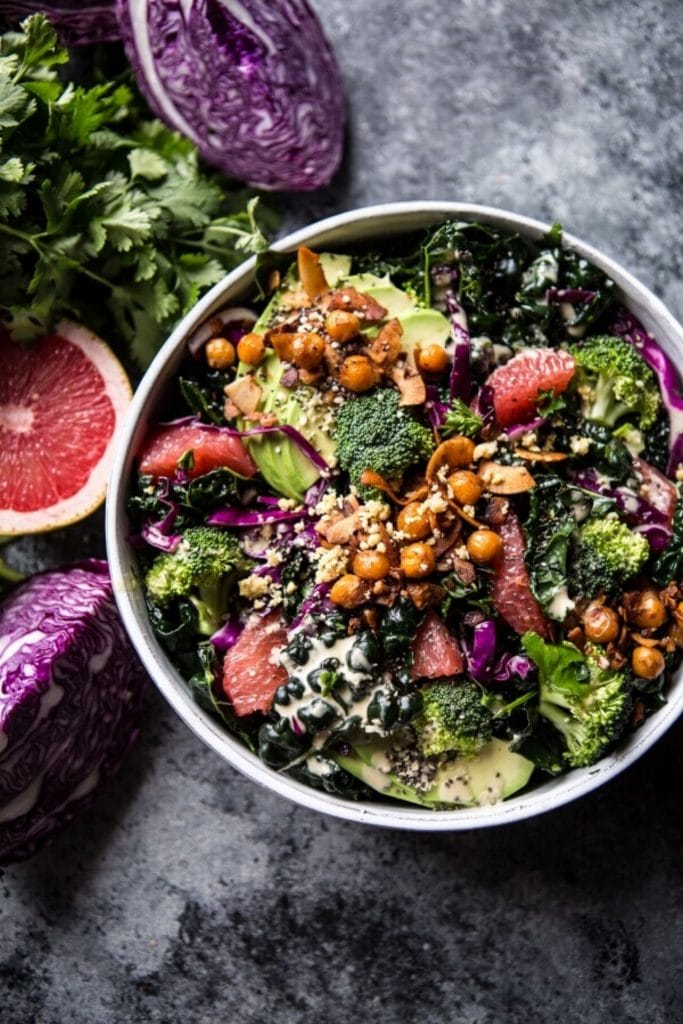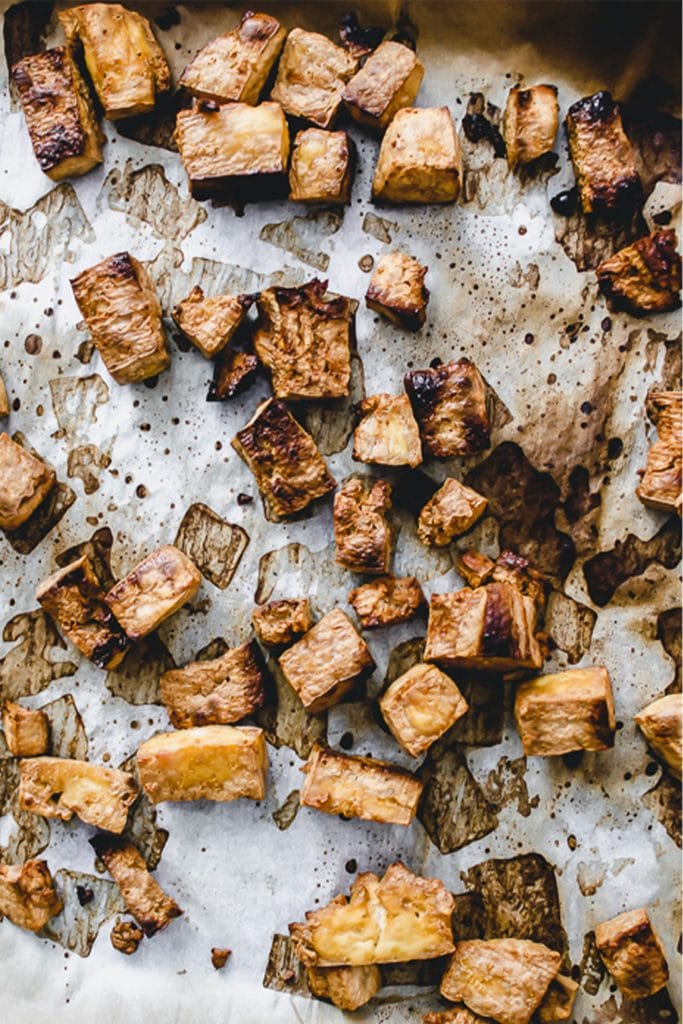How To Begin Eating Plant-Based
Wondering how to start eating a plant-based diet? Looking to begin a vegan lifestyle or just hoping to eat more vegetables every day? Congratulations! You're making a wonderful decision for the environment. This guide will explain where to start with some staple recipes, along with tips + tricks for maintaining a plant-based kitchen.
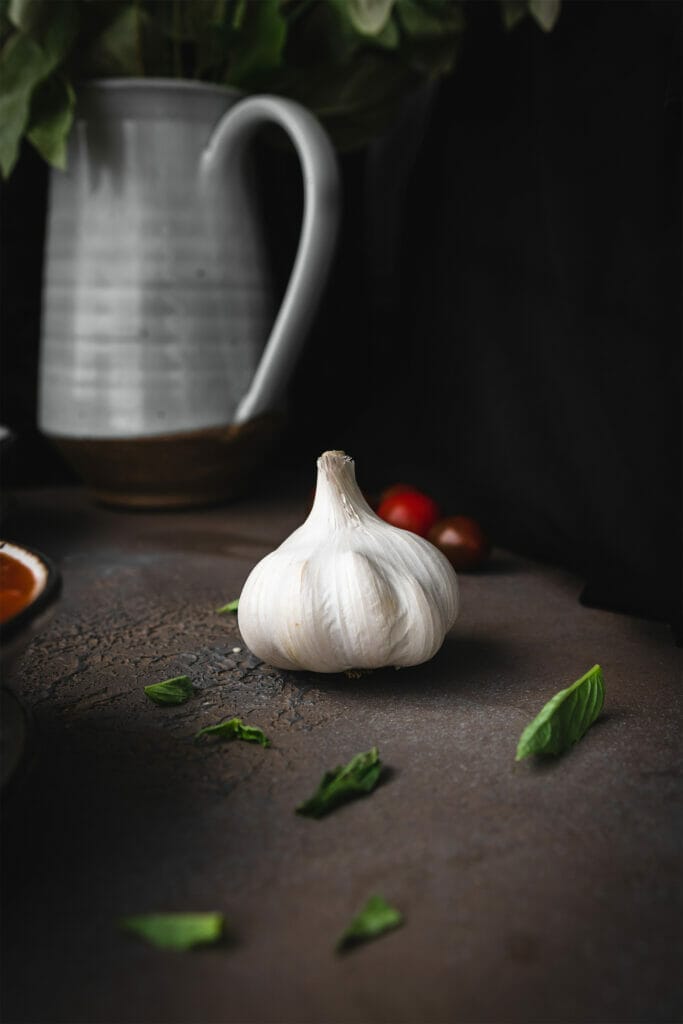
Getting Started on a Plant-Based Kitchen
If you've recently decided to begin eating more plants or are transitioning to a fully vegan lifestyle, it can seem like an overwhelming journey. There are endless options in grocery stores for prepackaged foods that tout themselves as the "healthy" choice. I am happy to report that eating a plant-heavy diet is actually so much easier than our society makes it seem. Think about it -- many of the oldest cultures and civilizations in the world thrived on diets rich in beans and rice! This "perfect protein" is accessible and planet-friendly, with a close to unlimited number of variations.
The key, of course, is finding a way to prepare plant-based proteins (and meals) that suits your personal taste buds. This is the only way you'll "stick with" a certain way of eating, and frankly the only way I believe you should. Food is about enjoyment, and eating a diet rich in plants makes me feel my best and helps me know I am contributing to a better food ecosystem.
It makes me sad that so much "vegan" culture has been taken over by $9 green smoothies, wellness shots, and imitation meats. While there is of course nothing wrong with these items inherently, they can become exclusionary. Vegan food can be delicious while still remaining affordable and accessible. Personal dietary choices are the #1 way we as individuals can impact the planet for the better, and reduce our carbon footprint. I will admit I do not eat a 100% vegan diet all of the time, and I am OK with this. Over the years I've learned to find a balance that works for me that does not include any kind of restriction or labeling. I will say this: all of the recipes you'll find on Garlic Head are 100% vegan, or have vegan adjustments. I often include gluten-free options as well, for my friends with sensitivities.
Finally, I want to note that eating a completely vegan lifestyle is rooted heavily in privilege. Food access issues are rampant in this country. Education around how to eat plant-based has never been a priority in many communities. One goal of my website is that it will inspire someone to try something new, while branching out in the kitchen and having fun with cooking.
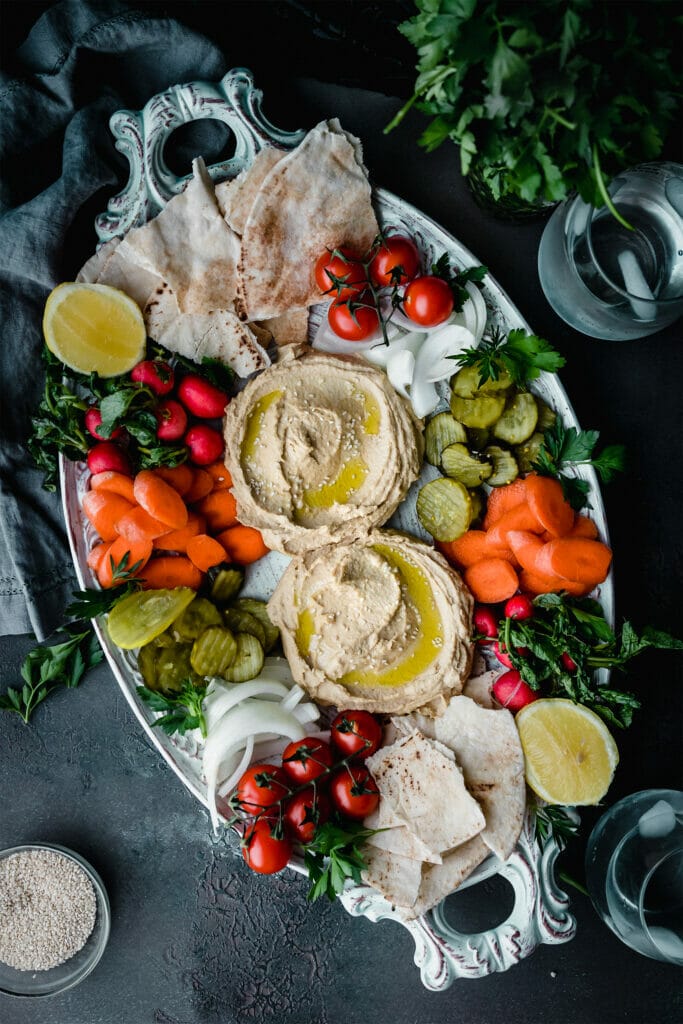
Basic Staple Ingredients in my Plant-Based Pantry and Fridge
While there are SO many unique ingredients to have fun with, the below list includes only the items I purchase again and again. These are my most reliable pantry stalwarts, those most heavily featured in my recipes.
- Legumes
- Lentils (green, brown, and red), chickpeas, white beans, black beans
- Grains
- Oatmeal, brown rice, white rice, popcorn, various types of long and short pasta, crusty sourdough bread, corn tortillas
- Seeds
- Quinoa, pepitas, flax, sesame
- Nuts
- Walnuts, almonds, cashews
- Other plant-based proteins
- Extra-firm tofu, hummus, nut butters
- Cooking and finishing oils
- Olive, canola, sesame
- Alliums
- Garlic (hello), shallots, yellow & red onions
- Spices
- Cumin, red pepper flakes, dried oregano, powdered ginger, garlic powder, cinnamon, turmeric, nutritional yeast, Old Bay, chili powder, sea salt, freshly ground black pepper
- Produce
- Lemons, limes, dark leafy greens, avocados, broccoli, bell peppers, frozen peas, tomatoes (fresh or canned), parsley, carrots, handheld fruit (oranges, bananas, peaches, apples, berries etc.), potatoes (all kinds), cabbage
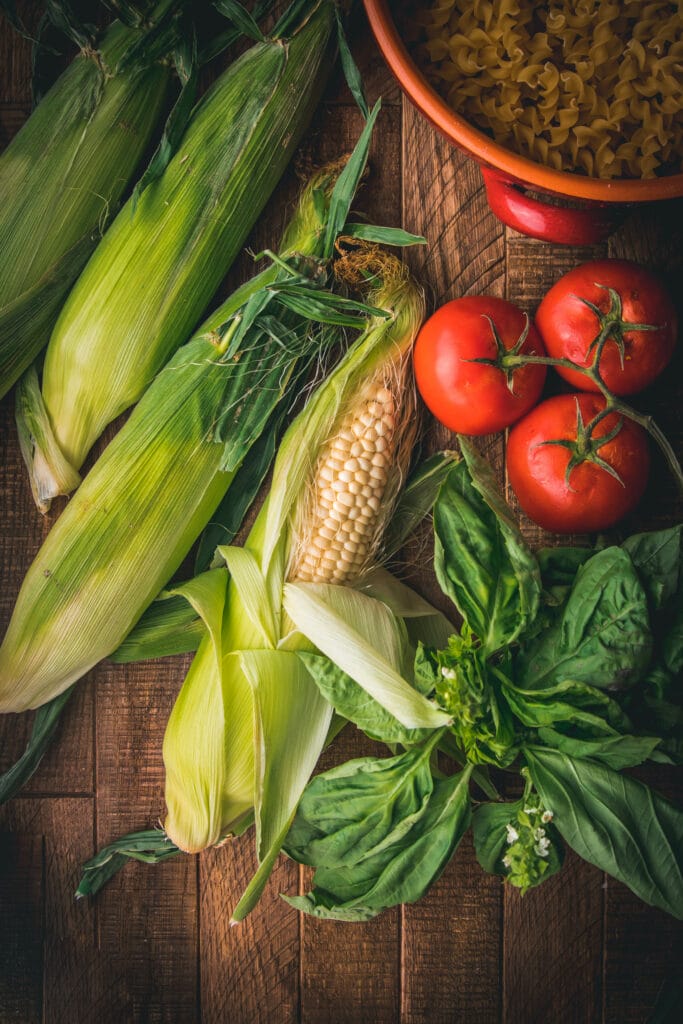
What are the most important kitchen tools to own?
- Skillet (preferably cast iron)
- Large, heavy bottomed pot or Dutch oven
- Sharp Chef's knife
- Cutting board
- Colander
- Toaster
- A few mixing bowls of varied sizes
- Utensils such as a spatula and wooden spoon
- Storage containers (I wash jars and packages from store-bought items to store leftovers)
- Coffee grinder + pour over
And the very useful but less important equipment:
- Food processor (I almost added this to essential but I realize they are expensive and many recipes I write include workarounds!)
- High speed blender
- Salad spinner
- Whirley Pop
- Immersion blender
- Tongs
If you're looking to save money on some of these items, places like Facebook Marketplace are a great platform to begin with. I've also had a lot of luck at TJ Maxx.
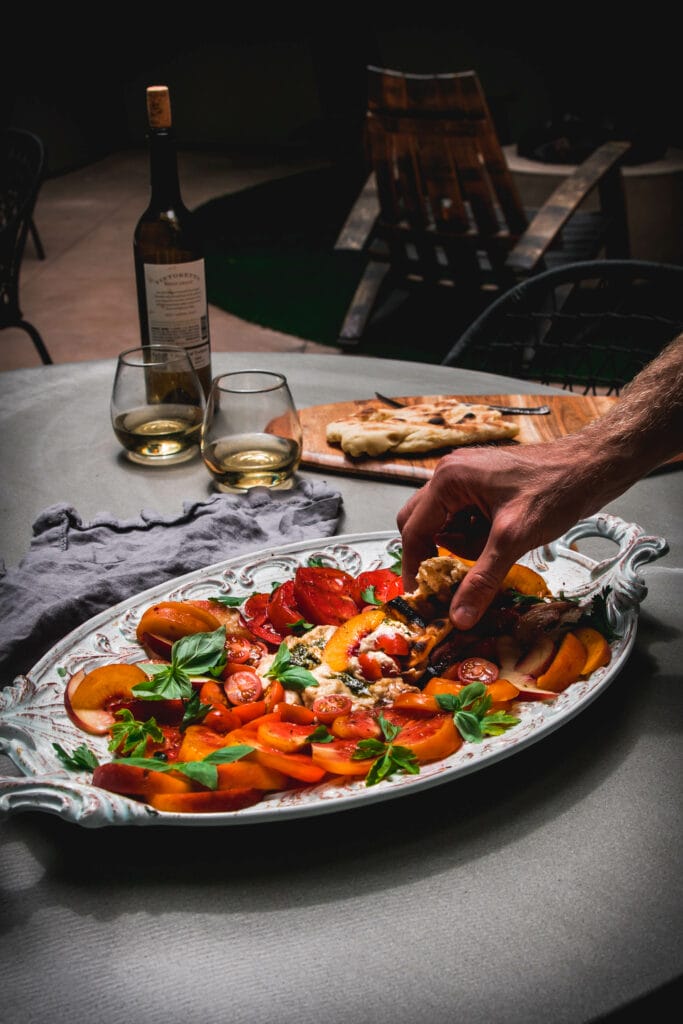
What is the best way to transition to eating a plant-based diet?
There is no "best" way to transition to a vegan diet. What works best for your current schedule, budget, and family will be what is most sustainable. However, there are some common paths that my family and friends have taken to find a balance that works for them.
Begin with vegetarianism a day or two a week.
By focusing on eliminating meat first, you are minimizing the impact of your diet on the planet most significantly. Incorporating more whole grains, beans, legumes, tofu, nuts, and seeds into your diet will assist with feeling satisfied and energized.
Remove the animal proteins you know you won't miss first.
Perhaps you have never been a huge fan of eggs, but eat them because they are convenient and easily accessible. Try changing your weekly breakfast to something like avocado toast - you may find a new favorite meal!
Pay attention to ingredient lists of prepackaged foods you purchase.
There may be some hidden animal products you are not aware of in your everyday items (milk powder, chicken broth, and gelatin are common examples). Making a swap here would be a simple way to feel better about the items you're buying without the feeling of a massive diet switch.
Give vegan meat and cheese alternatives a try.
While I personally do not normally love vegan meats, a number of my friends and family really enjoy having them as an option. I regularly use vegan butter when baking, with no deleterious impact to my final product (like this Brown Butter Rhubarb Crisp). While there is nothing wrong with enjoying processed vegan alternatives, like many things it's best to use them in moderation while focusing on filling your plate with fresh produce, nuts, grains, and legumes.
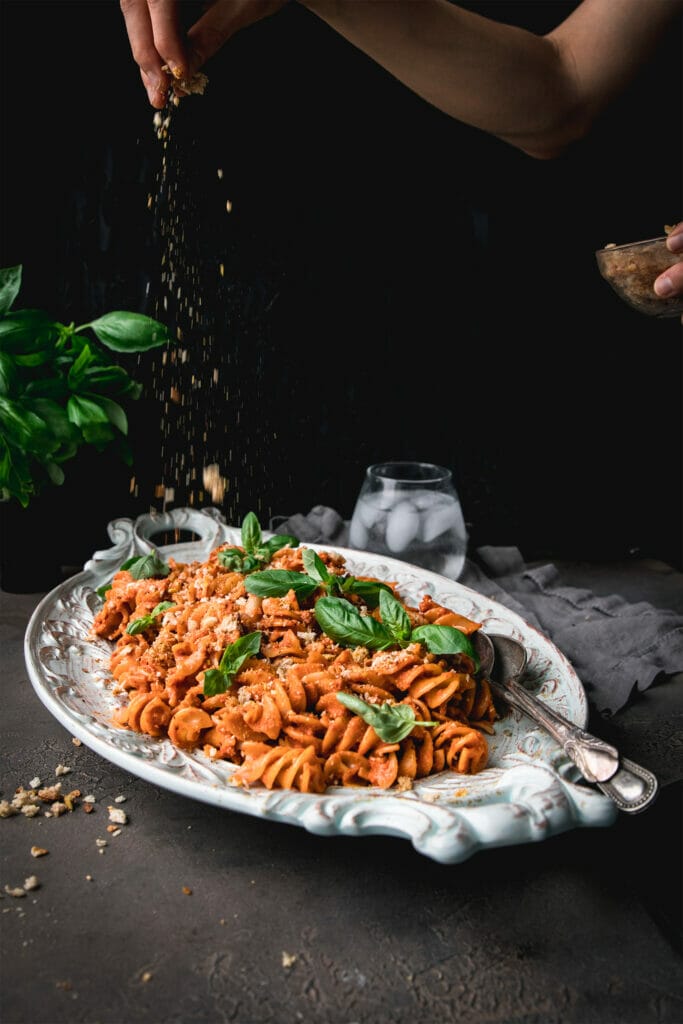
What are some key components to balanced, flavorful plant-based dishes?
- Balance the plate. For example, be sure to include a mix of grains (or legumes), proteins, vegetables, and fat to maximize interest and satisfaction.
- Add a plant-based spin to a favorite recipe. I like to create a lot of content that draws inspiration from typically meat heavy dishes. These recipes are not meant to be meat copies - they instead are designed to stand alone. Some examples I feature below include butter chickpeas (inspired by butter chicken), sticky sesame cauliflower, vegan gravy (perfect for the holidays), vegan pierogi, tempeh BLT sandwich, and more.
- Feel free to experiment with different herbs, spices, and blends. Many plant-based proteins (such as tofu, tempeh, beans) can serve as a very blank slate that can be easily customized. For even more flavor absorption, marinate these proteins before preparing for even more of a kick.
- Don't be hesitant to put the vegetable at center stage. I promise you that when prepared in a thoughtful and intentional way, vegetables can be the star of the show. These recipes for Grilled Cabbage with Charred Dates and Tahini and Spaghetti Squash Lasagna Boats are perfect examples.
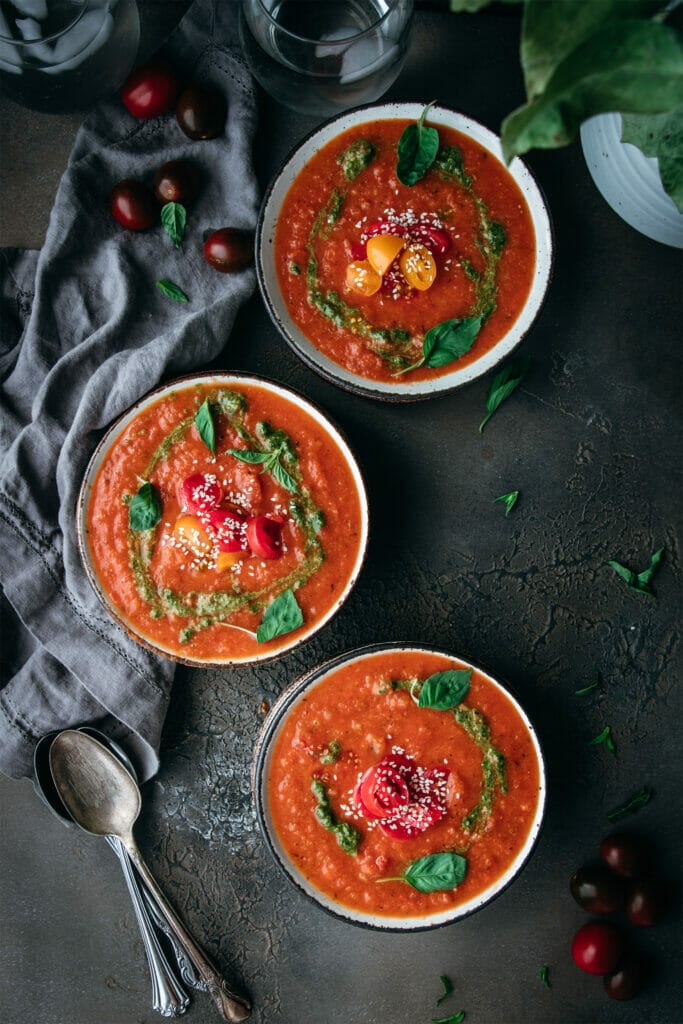
The Most Important Thing To Remember When Starting a Plant-Based Diet
Be flexible with yourself and focus on what makes you feel best! The term "plant-based" describes a lifestyle that puts plants at the forefront of meals and celebrates the abundance of their offerings. Keep your mind centered on how you feel when eating a produce-rich diet. The health benefits are of course plentiful, though I prefer to consider that I have:
- More energy to move through my days
- A clearer mind and fewer moments of sluggishness
- Strength and agility that I value.
Every little step makes an impact when helping the planet. Perfection is not the goal here (thank goodness!).
It is worth stating again that for many, a plant-based diet is heavily rooted in privilege. Access to fresh produce is not a reality for many people in this country and around the world. I have the ability to fill my fridge with beautiful fruits and vegetables, something I am truly grateful for. I was also raised in a household that had ready access to these ingredients and the time, tools, and knowledge of how to prepare them. The ethos behind my blog is a continued hope to share what I have learned and make the plants of integrating more produce into your diet something that is fun, flexible, and self-sustaining.
